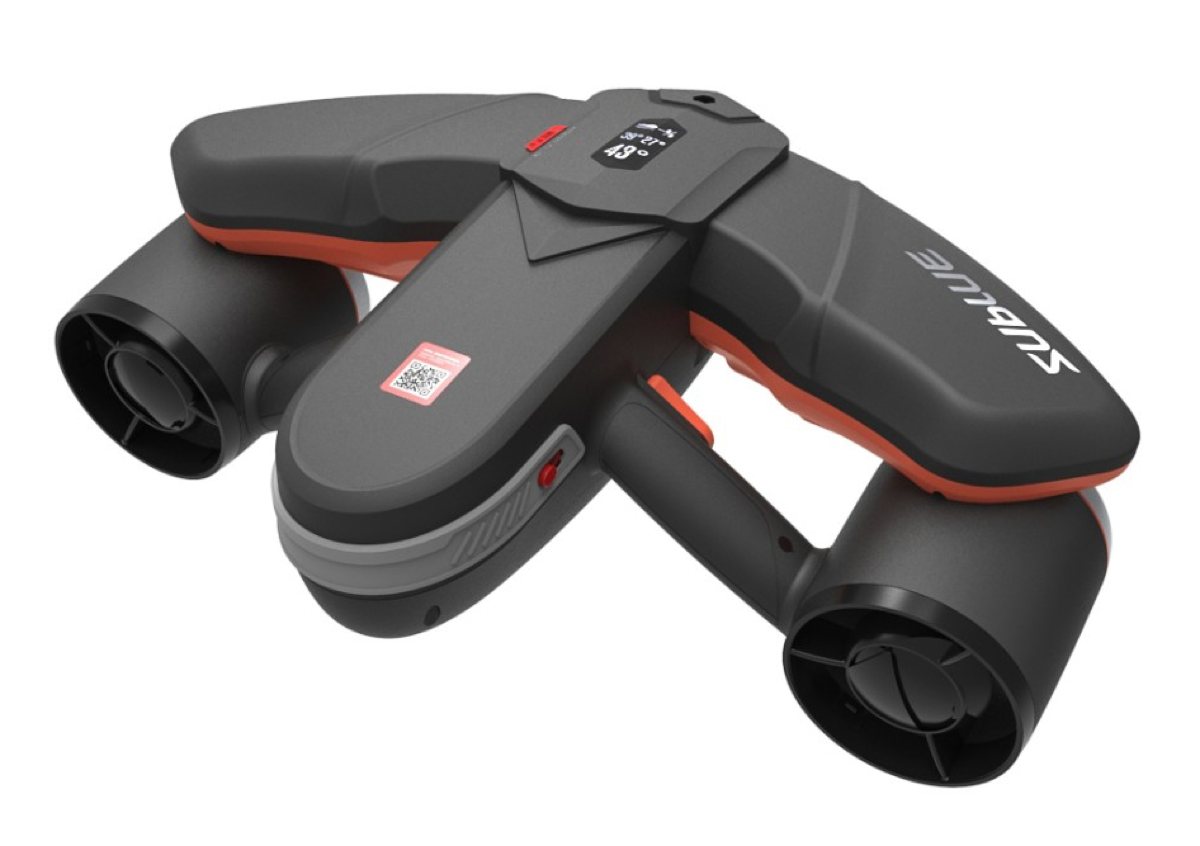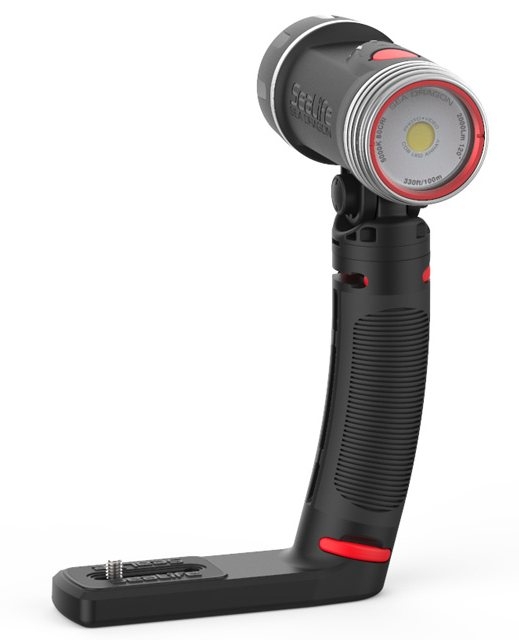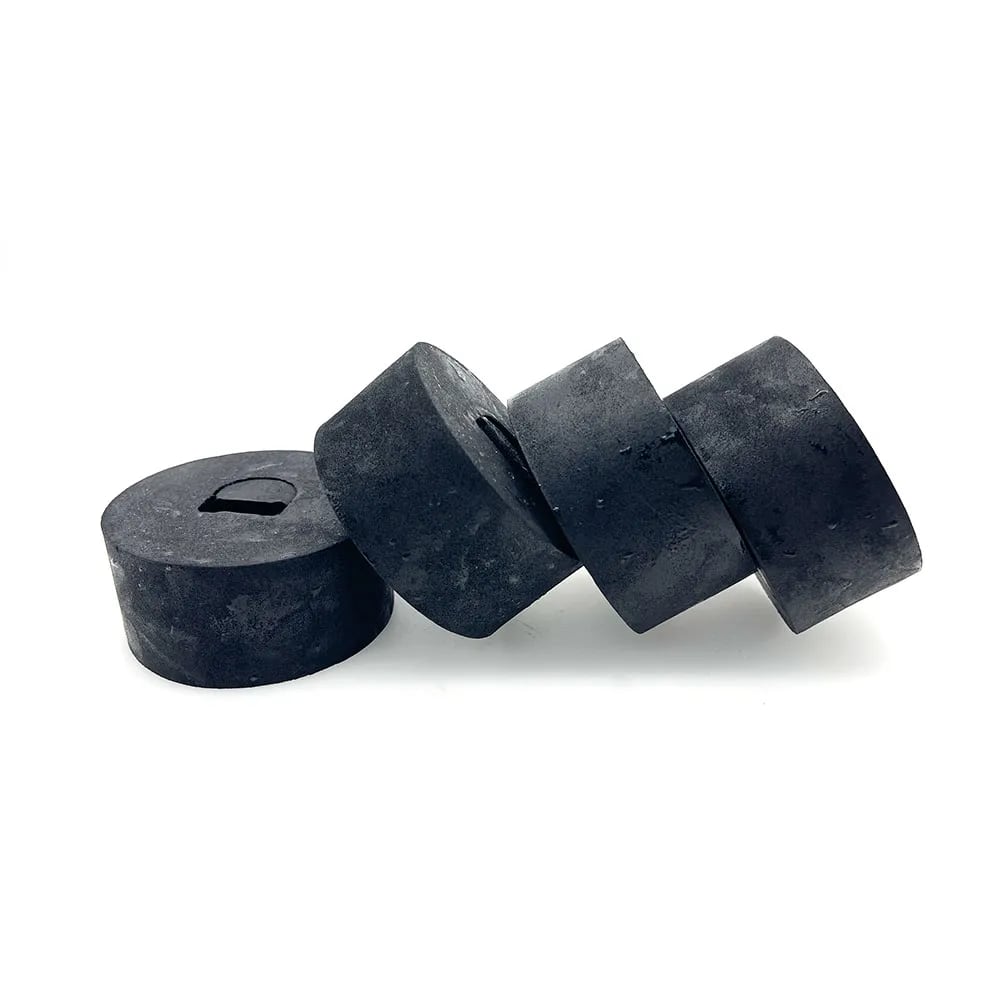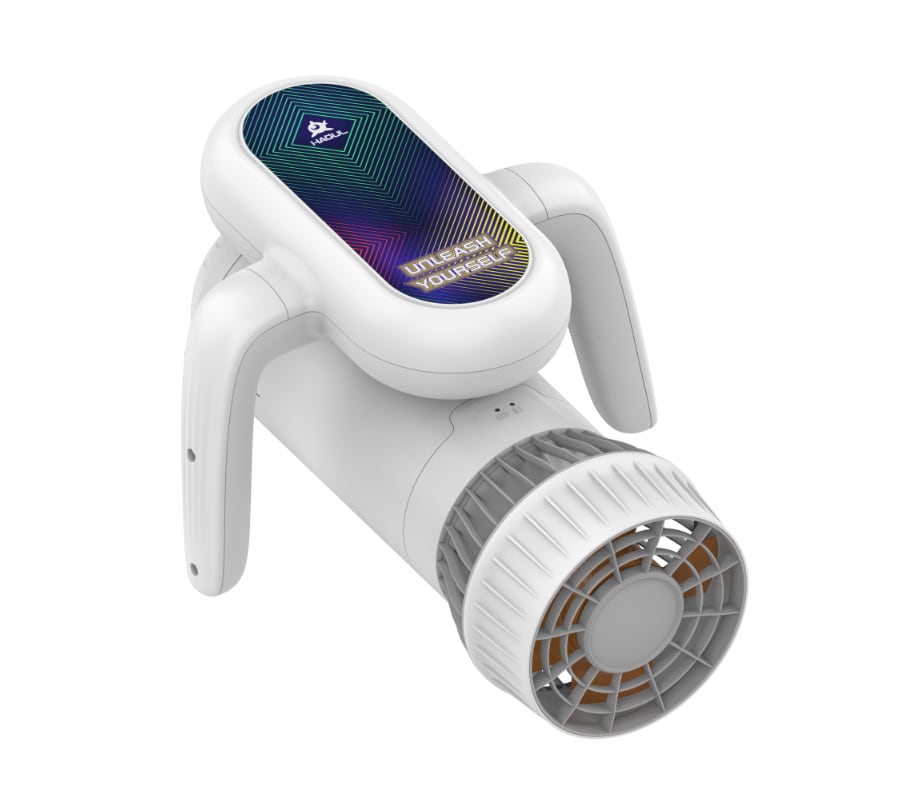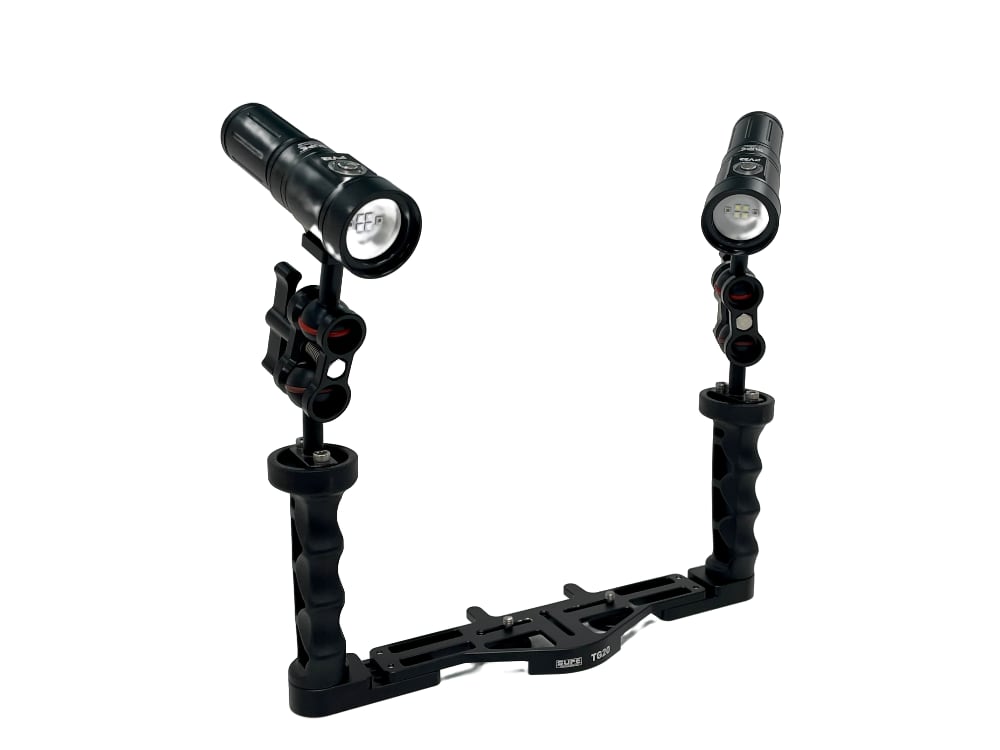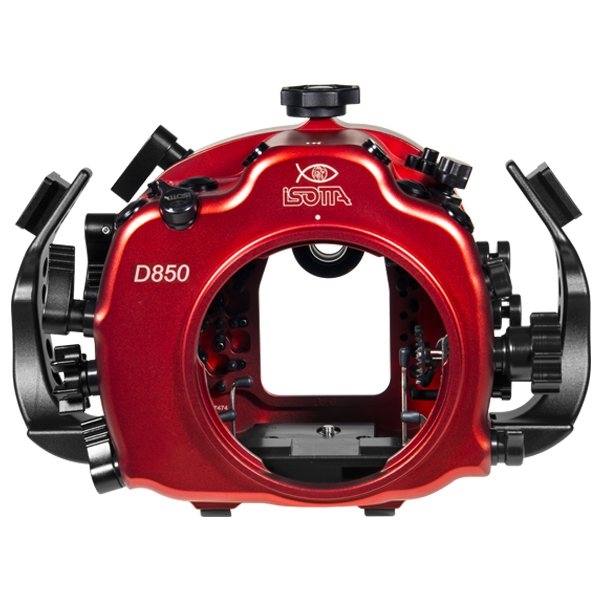- Home
- Directory
- Shop
- Underwater Cameras - Photographic Accessories
- Smartphone Housings
- Sea Scooters
- Hookah Dive Systems
- Underwater Metal Detectors
- Dive Gear
- Dive Accessories
- Diving DVD & Blu-Ray Discs
- Diving Books
- Underwater Drones
- Drones
- Subscriptions - Magazines
- Protective Cases
- Corrective Lenses
- Dive Wear
- Underwater Membership
- Assistive Technology - NDIS
- On Sale
- Underwater Gift Cards
- Underwater Art
- Power Stations
- Underwater Bargain Bin
- Brands
- 10bar
- AirBuddy
- Akona
- AOI
- Apollo
- AquaTech
- Atomic Aquatics
- aunoc
- AxisGo
- Backscatter Underwater Video and Photo
- BLU3
- Buddy-Watcher
- Cayago
- Chasing
- Cinebags
- Contour
- Deepblue
- Devilite
- Digipower
- DJI
- Dyron
- Edge Smart Drive
- Eneloop
- Energizer
- Exotech Innovations
- Fantasea
- FiiK Elektric Skateboards
- Garmin
- Geneinno
- GoPro
- Hagul
- Hoverstar
- Hydro Sapiens
- Hydrotac
- Ikelite
- Indigo Industries
- Inon
- Insta360
- Intova
- Isotta Housings
- Jobe
- JOBY
- Kraken Sports
- LEFEET
- Marelux
- Mirage Dive
- Nautica Seascooters
- Nautilus Lifeline
- NautiSmart
- Nocturnal Lights
- Nokta Makro
- Ocean Guardian
- Oceanic
- Olympus
- OM System
- Overboard
- Paralenz
- PowerDive
- QYSEA
- Ratio Dive Computers
- Scubajet
- Scubalamp
- Sea & Sea
- SeaDoo Seascooter
- SeaLife
- Seashell
- Seavu
- Shark Shield
- Sherwood Scuba
- Spare Air
- StickTite
- StormCase
- Sublue
- Suunto
- SwellPro
- T-HOUSING
- Tusa
- U.N Photographics
- Venture Heat
- XTAR
- Yamaha Seascooter
- Youcan Robot
- Zcifi
Minke Whales
Contributed by Tim Hochgrebe

For the months of May thru August this year, divers will have the opportunity to experience the thrill of a lifetime by diving and snorkelling with minke whales. These graceful and magnificent creatures make an annual northerly trek from the Antarctic seas to the warm waters of the Great Barrier Reef (GBR). Minkes are quite accessible and divers will often spend entire dives with the gentle giants. Since the whales usually linger near boats for extended periods, divers often jump right back into the water upon completion of their dives and continue spending time snorkelling with the whales.
The reason divers and snorkellers can observe minke whales underwater is because minke whales are extremely inquisitive. As a matter of fact, minke whales are far more curious about their environment than almost any other whale. They are often observed approaching ships and lingering nearby. Their uncommon curiosity is not limited to boats and they often get quite close to divers and snorkellers. And passengers on dive trips in the Cairns region are able to get as close as one meter to these creatures, often seeing four or five at a time!
The minke whale (Balaenoptera acutorostrat) is a type of baleen whale, which means it draws huge quantities of water into its mouth over its "baleen" (a bony filter for capturing its food, small crustaceans). Its mating season is in late winter and "gestation" lasts for ten months. There are two distinct populations of minkes, one in the Northern Hemisphere and one in the Southern Hemisphere.
Many of the Southern Hemisphere minkes come to the warm and shallow waters of the GBR during the winter where they are often spotted by dive boats in their vicinity. The minkes sighted on the GBR are actually one of the two forms of the Southern Hemisphere minkes and are sometimes referred to as dwarf minke whales. The colour patterns and markings of the dwarf minkes bodies are more distinct than the "ordinary" Southern Hemisphere minkes. There is substantial evidence to suggest that the two "forms" may actually be separate species despite their extensive overlap in geographical range.
The minke whales that do winter at the GBR don't feed there. They feed in the rich waters of the Antarctic and fatten up on krill before their migration north. Many pregnant females give birth to a single calf on their way north at or near Green Cape. The calf, just under three meters long and 300 kg in weight, feeds off its mother's milk and grows quickly in order to survive the arduous journey south later in the year. The suckling phase is only about four months long and the calf is 4 1/2 meters long at that time.
At the GBR, minke whales are often encountered alone, but often are encountered in family groups of two or three, but occasionally up to eight whales. Individuals have unusual white patches on the sides of their dark grey bodies and they are one of the only mammals to have asymmetrical colour patterns on their bodies.
Minkes display some extraordinary behaviour such as spy hopping, where they lift their head out of the water and observe what's above the surface (often boats). Often they're seen tail-slapping the water, which may be an acoustic signal to other whales in the vicinity. Minkes breach too, but not quite as spectacularly as humpback whales do.
The fact that they're so commonly seen on the GBR is because of their sheer numbers (approaching 250,000 in the Southern Hemisphere) and, as mentioned above, their unusually inquisitive nature that brings them close to boats, divers and snorkellers.
Sightings of whales both underwater and above water have been increasing yearly on the reef according to virtually all boat operators in the GBR. This is probably due to the moratorium on whaling and reflects an increase in the minke population in the Southern Hemisphere. Due to the decimation of larger whale species, most remaining whales taken in the Southern Hemisphere are minke whales. Often they are taken for "scientific" purposes, yeah right!
The easily approachable minke are quite photogenic as long as you don't swim directly at them or attempt to touch them. Imagine capturing such an experience & then being able to share your memories with others.
Feature compiled by Laurence Buckingham. Images by Brett Sheehan.
Shopfront
-
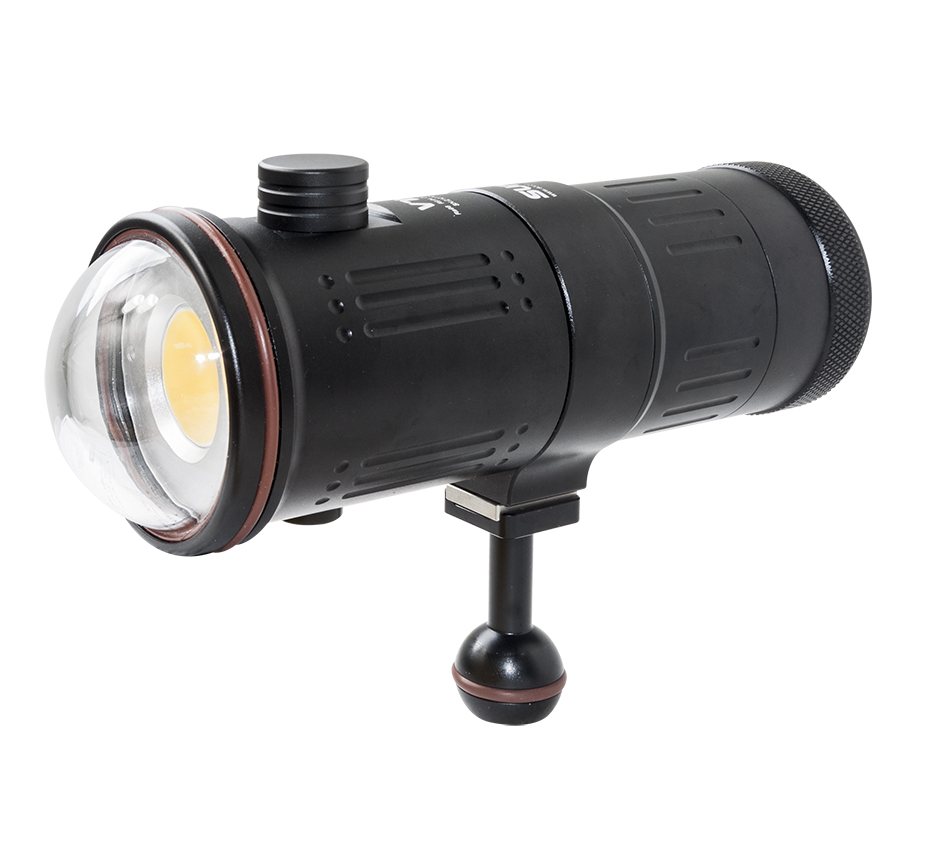 Scubalamp V7K Photo/Video Light - 15,000 lumens
Scubalamp V7K Photo/Video Light - 15,000 lumens
- Price A$ 1,699.00
-
 Energizer Everest 500 Power Station
Energizer Everest 500 Power Station
- Price A$ 779.00
-
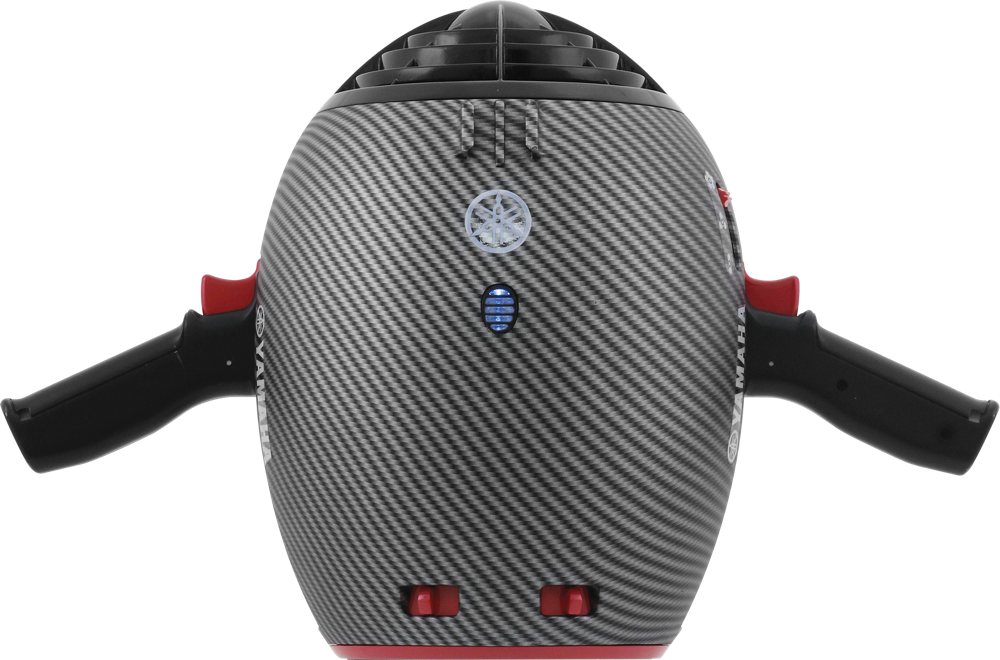 Yamaha Seascooter Jet Pod PRO
Yamaha Seascooter Jet Pod PRO
- Price A$ 1,799.00
-
 Backscatter Mini Flash 2 Underwater Strobe MF-2
Backscatter Mini Flash 2 Underwater Strobe MF-2
- Price A$ 649.00
-
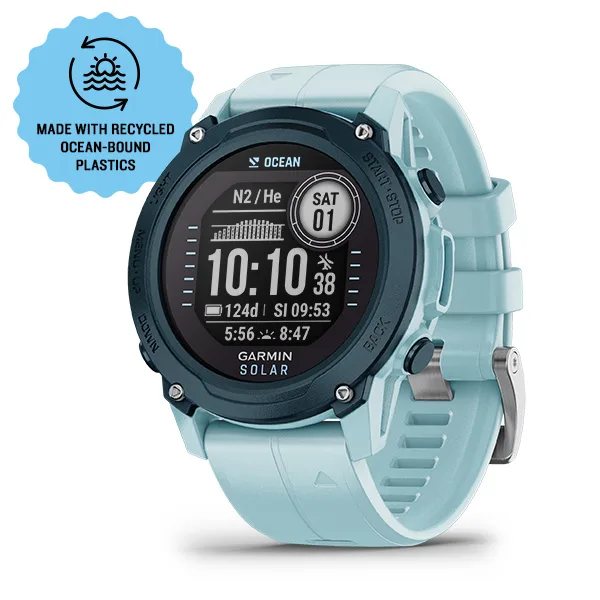 Garmin Descent™ G1 - Solar
Garmin Descent™ G1 - Solar
- Price A$ 929.00
-
 AOI UH-OM-1 Underwater Housing for Olympus and OM System OM1
AOI UH-OM-1 Underwater Housing for Olympus and OM System OM1
- Price A$ 1,699.00
-
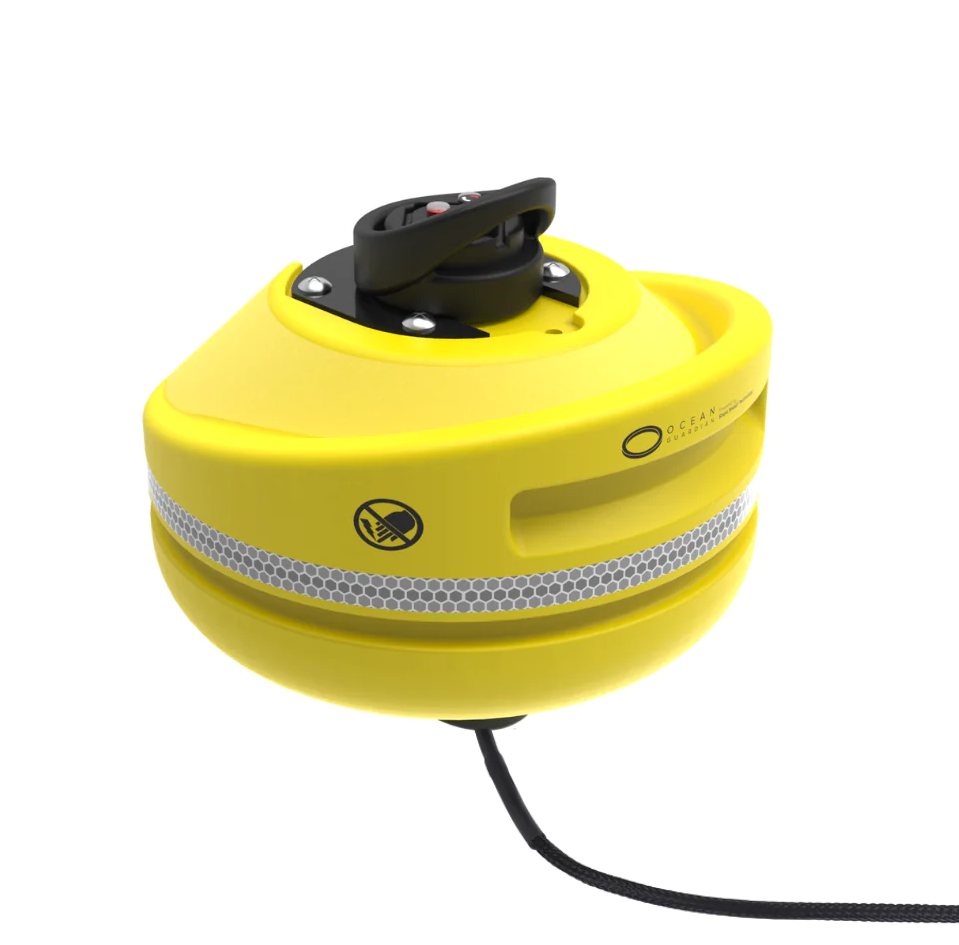 Ocean Guardian - Shark Shield - BOAT02
Ocean Guardian - Shark Shield - BOAT02
- Price A$ 3,349.00
-
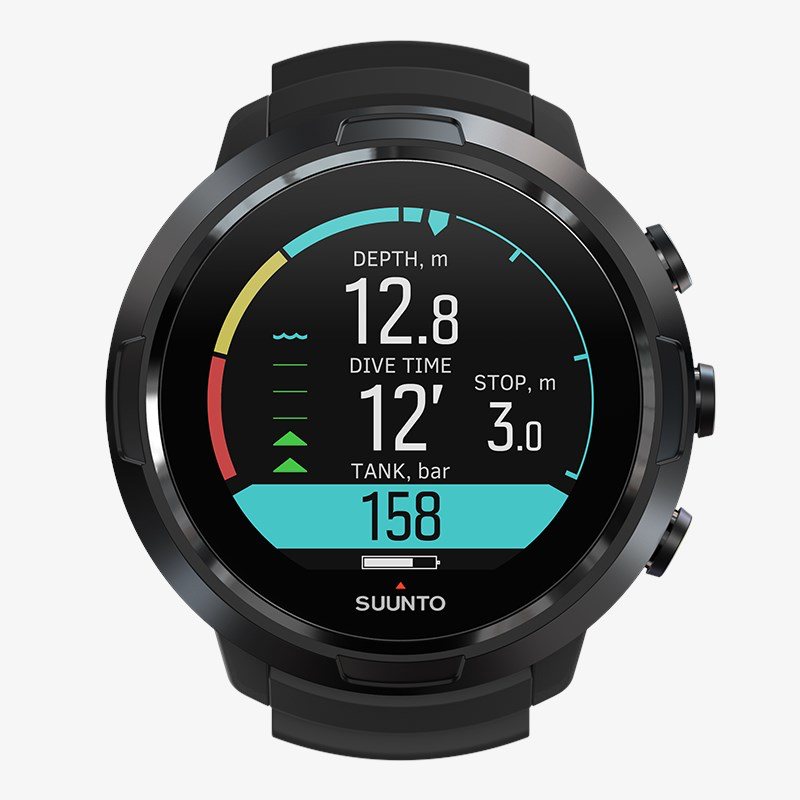 Suunto D5 Dive Computer with USB Cable
Suunto D5 Dive Computer with USB Cable
- Price A$ 835.00
In the Directory






